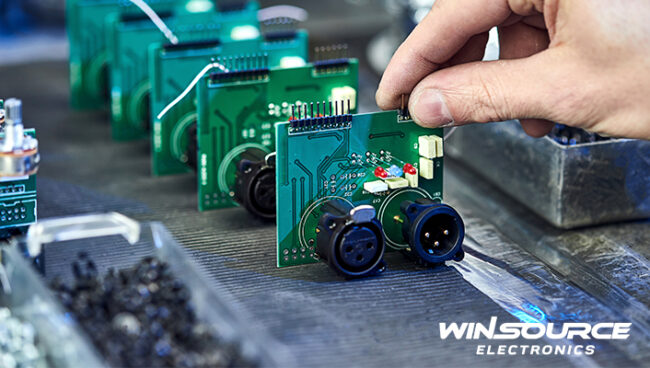
In our increasingly digital world, electronic devices have become an integral part of our daily lives. From smartphones to computers and home appliances, these devices contain complex electronic components that power their functions. While it may be tempting to explore the inner workings of these gadgets by directly touching their components, it’s important to be aware of the potential dangers involved. In this article, we’ll take an in-depth look at the dangers associated with direct contact with electronic components and the precautions you need to take to stay safe.
Electric Shock: One of the most prominent hazards of direct contact with electronic components is the risk of electric shock. Electronic devices operate at various voltages, and contact with live circuits or exposed wires can cause current to flow through the body. Even a low-voltage shock can cause discomfort, while a high-voltage shock can cause serious injury or even death. It is critical to be aware of potential electrical hazards and take the necessary precautions to avoid electric shock.
Component Damage: Electronic components are delicate and sensitive, designed to operate within specific parameters. Direct contact with these components can cause damage or complete failure. Human touch introduces static electricity, which can discharge and harm sensitive components. Additionally, physical contact can cause delicate components to bend, break or become misaligned, disrupting the proper operation of the device. Even slight mishandling can cause costly damage and render the equipment inoperable.
Exposure to hazardous substances: Certain electronic components, especially those found in older equipment, may contain hazardous substances. These substances, such as lead, mercury and cadmium, may be present in components such as batteries, printed circuit boards or displays. Direct contact with these parts can result in the release of hazardous substances that pose a threat to human health. Skin contact or accidental ingestion of these substances can cause poisoning or long-term health problems. It is essential to handle electronic components with care and avoid direct contact as much as possible.
Thermal risk: Some electronic components generate heat during operation. Touching these components without taking proper precautions could result in burns or scalds. Heat sinks, power transistors, integrated circuits or transformers are examples of components that can reach high temperatures. Unprotected contact with these heating elements can result in serious injury. It is critical to allow the equipment to cool down before handling it and to use proper heat protection, such as heat-resistant gloves or tools, if necessary.
Precautions to ensure safety:
A. Use proper insulating material: When working with electronic components, it is critical to wear an antistatic wrist strap or gloves to minimize the risk of electrostatic discharge. Electrostatic discharge can cause damage or failure of sensitive electronic components. Anti-static wrist straps help to discharge static charges in the body and prevent damage to electronic components by grounding the body to the ground. Also, using the proper tools, such as insulated tweezers, can help prevent accidental contact with live circuits.
B. Power off and unplug: Before attempting any repair or maintenance on electronic equipment, make sure they are fully powered off and unplugged from the power source. This minimizes the risk of electric shock and damage to equipment and individuals.
C. Use Proper Tools: When working with electronic components, use specialized tools designed to handle them. These tools feature a special design and insulation that provides extra protection against accidental contact with live circuits and protects components from damage. Insulated screwdrivers, tweezers, and pliers help prevent accidental contact with live circuits and protect components from damage.
D. Seek professional help: If you are not sure how to handle electronic components or lack the necessary expertise, it is best to seek professional help. Trained technicians have the knowledge and experience to handle electronic equipment safely and efficiently.
In conclusion, while electronic devices have become an integral part of our lives, it is critical to understand the dangers associated with direct contact with their components. Potential hazards include electric shock, component damage, exposure to hazardous substances, and thermal risk. By understanding these risks and implementing appropriate safety measures, such as powering off equipment, grounding it, using proper tools, and seeking professional assistance when needed, individuals can ensure their safety and protect the integrity of electronic equipment .

COMMENTS